Tuberculosis (Clinical)
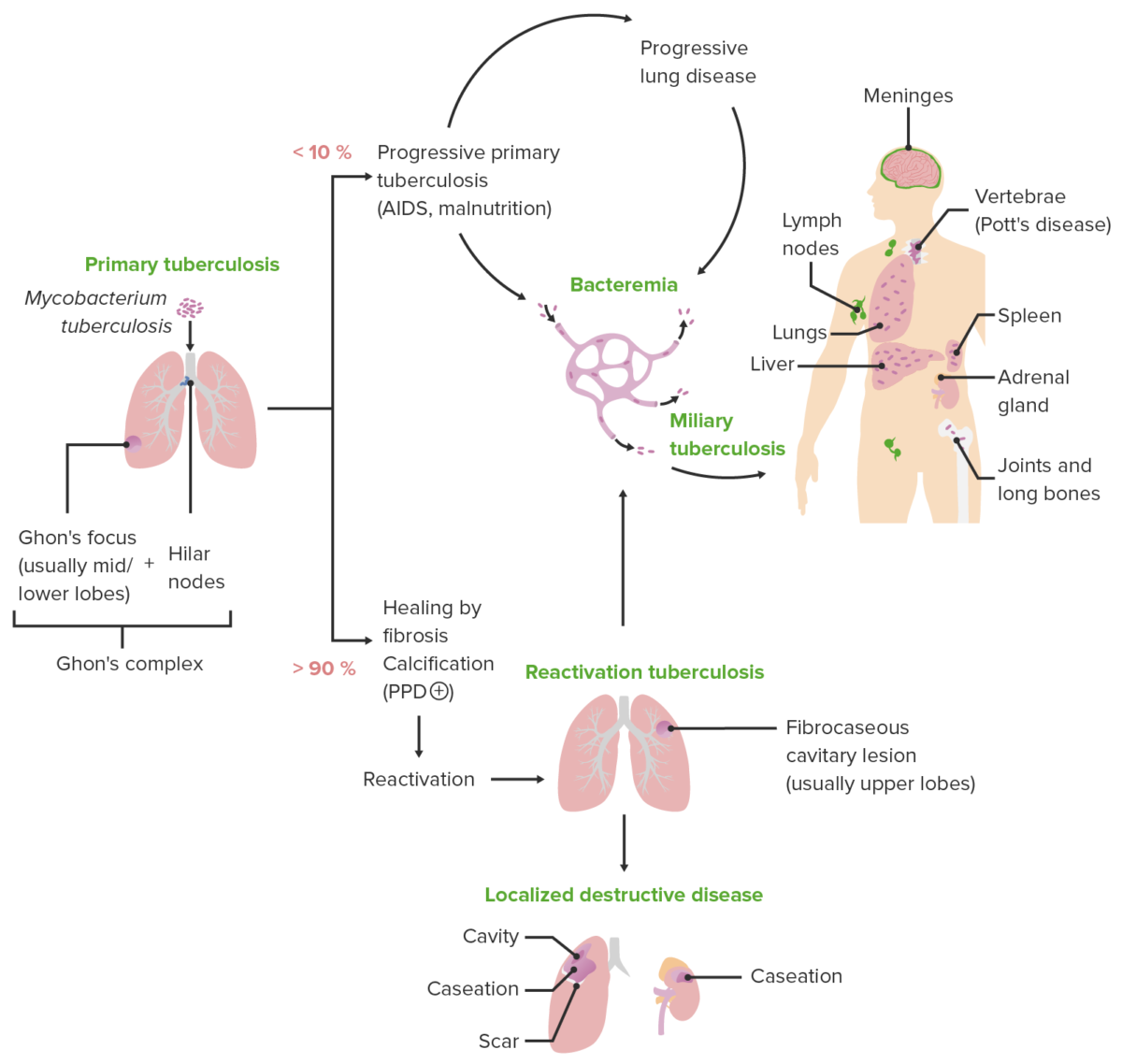
Overview Definition[1,5] Tuberculosis (TB) is an infectious disease affecting the lungs and, sometimes, other organs. Tuberculosis is caused by Mycobacterium tuberculosis complex (MTBC) bacteria. Epidemiology[5,13] Pathophysiology Etiologic agent[2] The M. tuberculosis complex is a group of species that can cause TB in humans or other animals. Key species: Characteristics: Virulence factors: Transmission: Pathogenesis[1,2,5,9] Primary active […]
Uncontrolled Hypertension (Clinical)
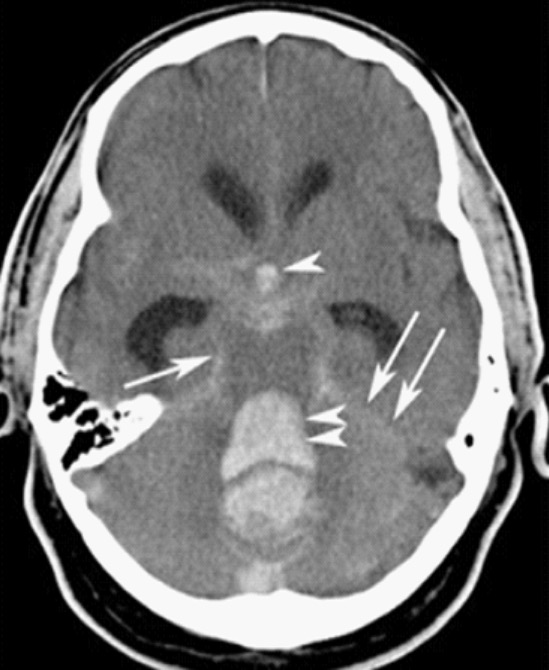
Overview Definitions and classification[1,3,6,9] Etiology[3] Epidemiology[3,4] Clinical Presentation Regardless of the manifestation of severe hypertension, by definition, the individual will have a blood pressure ≥ 180 mm Hg systolic and/or ≥ 120 mm Hg diastolic. Hypertensive urgency (severe asymptomatic hypertension)[2,6] Hypertensive emergency[2,6] Evaluation and Diagnosis During the initial assessment of an individual with severe hypertension, […]
Gout (Clinical)
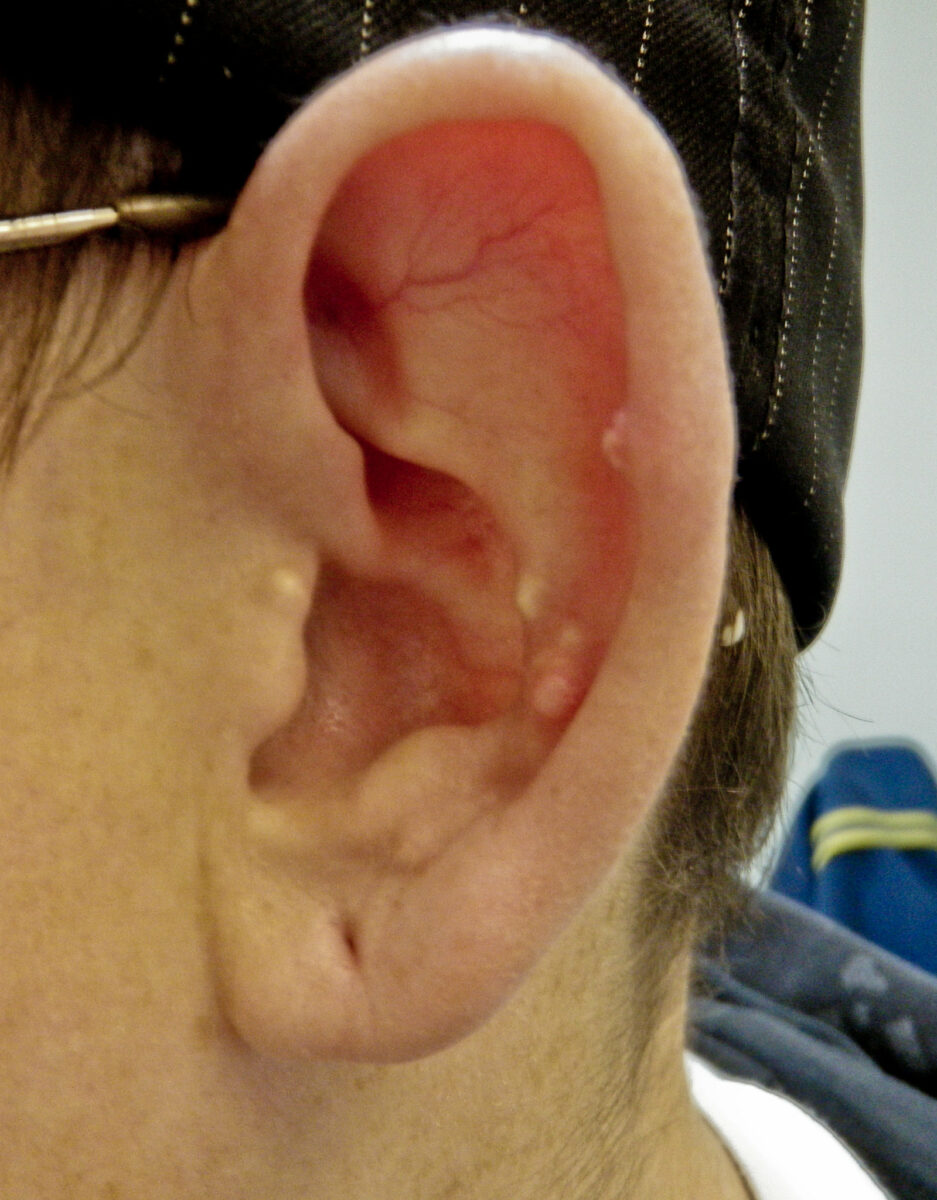
Epidemiology and Etiology Epidemiology[2,3] Etiology[1,3,15] Risk factors that increase UA levels[2,3,15,20] Mnemonic Drugs causing acute precipitation of gout: FACT F: Furosemide diuretics A: Aspirin/Alcohol C: Anti-Cancer drugs (e.g., cyclosporine) T: Thiazide diuretics Pathophysiology Clinical Presentation Gout flares[3,4,18,20] Intercritical gout[3,18] Upon resolution of an acute gout flare, patients enter an intercritical (between-flares) period. Tophaceous gout[3,4] Associated […]
Delirium (Clinical)
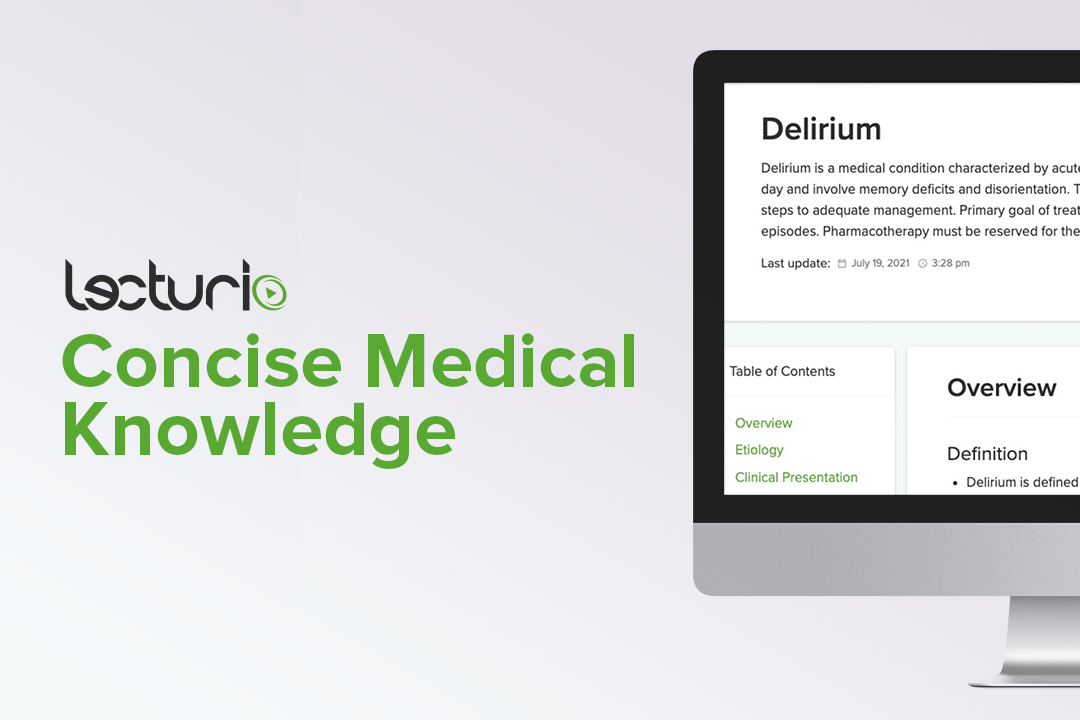
Overview Definition Epidemiology[1,3,6,8] Pathophysiology[1,3,6,8] Etiology Predisposing and precipitating factors Predisposing:[1,2,4,5] Precipitating:[1,2] Etiology[4‒6,8‒10] The acronym “DELIRIUM” can be helpful in remembering the most common etiologies of the condition. Clinical Presentation Hallmarks of delirium[3–5] Classification of delirium[3,4] Based on the main types of symptoms exhibited Diagnosis History and exam[4,5] Confusion Assessment Method (CAM)[5,8,11,14] Often used as a […]
Adrenal Insufficiency and Addison Disease (Clinical)

Overview Definition[6,7] Adrenal insufficiency (AI) is the deficiency in adrenal production of glucocorticoids, adrenal androgens, and mineralocorticoids. Forms of adrenal insufficiency[6,7] Epidemiology[6,7] Etiology Etiology of primary adrenal insufficiency[2,5,14] Primary AI is caused by processes that affect the adrenal gland’s ability to produce cortisol. The most common cause is idiopathic autoimmune destruction (adrenalitis). Etiology of secondary […]
Cirrhosis (Clinical)
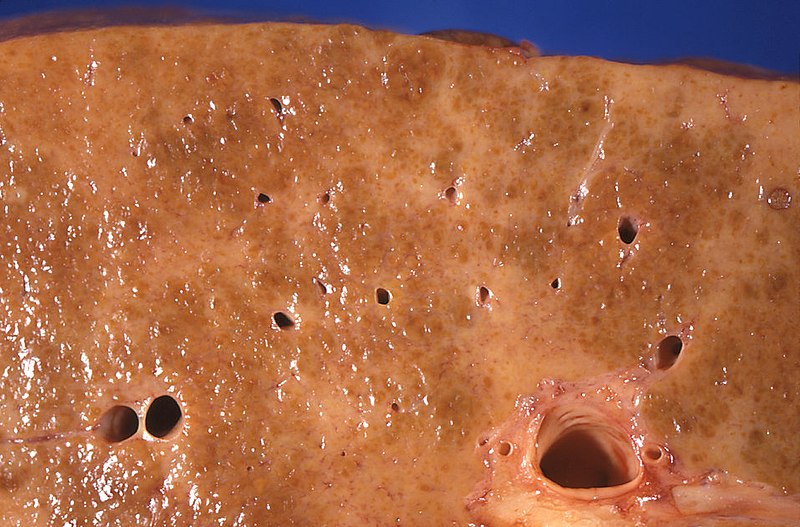
Epidemiology and Etiology Epidemiology Etiology[1,6,8] Most common causes: Other causes: Pathophysiology General[2,5,8] Cirrhosis is liver damage characterized by diffuse distortion of the basic liver architecture and replacement with scar tissue and regenerative nodules. Secondary effects[2,8] Classification[8,13,14] Child-Pugh classification: The Child-Pugh score (calculator) is used to estimate life expectancy. It serves as the basis for the […]
Pulmonary Embolism (Clinical)
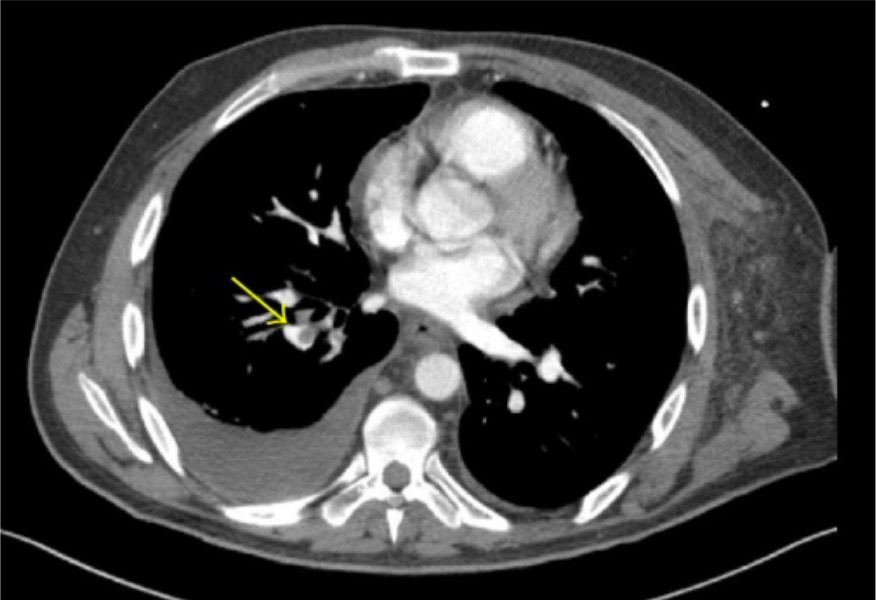
Overview Definition Pulmonary embolism (PE) is the intraluminal obstruction of a main pulmonary artery or any of its branches by a thrombus, air, amniotic fluid, or fat. When thrombotic PE is considered together with DVT, the condition is known as venous thromboembolic (VTE) disease. Epidemiology[3] Etiology and risk factors[1] The 3 primary factors that contribute […]
Endocarditis (Clinical)
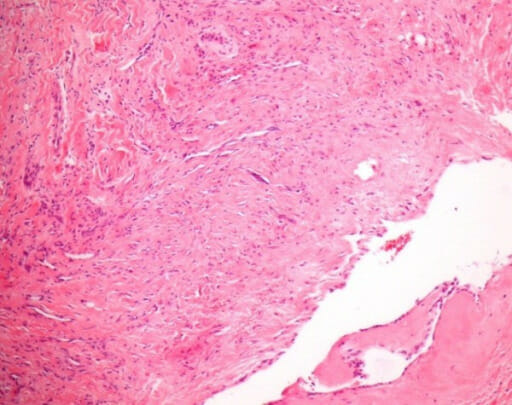
Overview Definition Epidemiology[5,8–10] Infective endocarditis: Noninfective endocarditis: Infective endocarditis etiologies[5,8–10] Infective endocarditis may be caused by numerous organisms; the list below is not exhaustive. Noninfective endocarditis etiologies[10,11] Risk Factors and Pathophysiology Risk factors[5,8–12] The following are risk factors for IE: Infective endocarditis[4,5,8,12] Noninfective endocarditis[10,11,20] Classification Infective endocarditis can be further classified based on the clinical […]
Thoracic Aortic Aneurysms (Clinical)
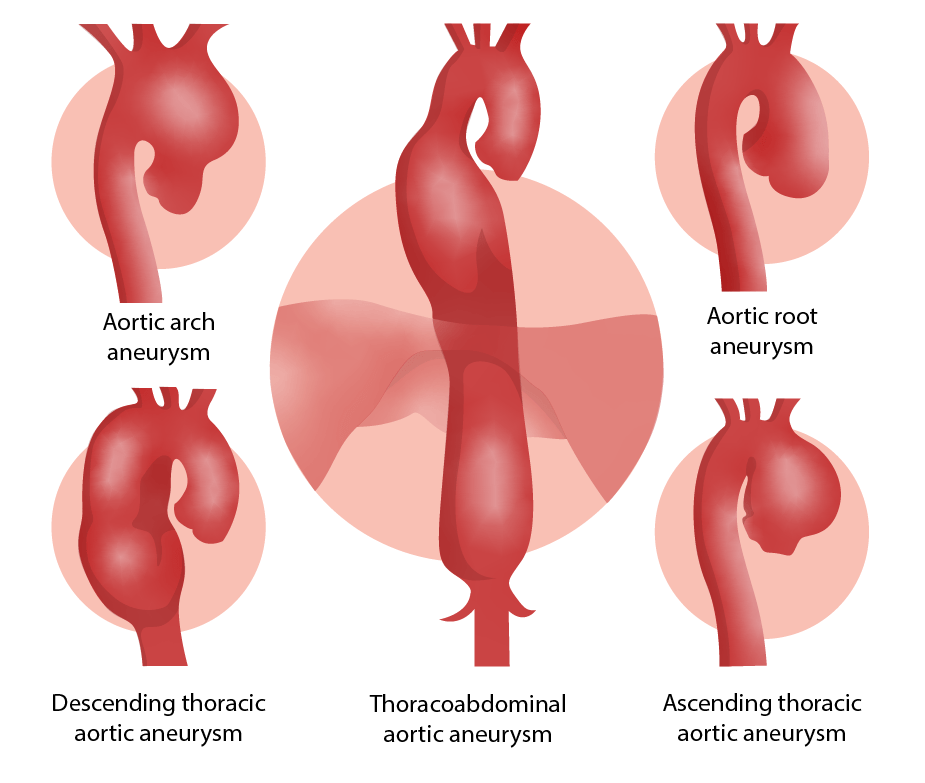
Overview Definitions[1,3,5] Thoracic aortic aneurysm (TAA): Types: Location: Epidemiology[1,9,10,13] Etiology[1,4,5,10] Pathophysiology Contributing factors[3–6,8,10,13] Pathogenesis[3,4,6,8,10] Clinical Presentation Symptoms[3,5,10,13] Signs[5,10,13] Diagnosis History[3,5] Diagnostic tests[3,5,7,13] Management Management may vary based on practice location. The following information is based on US and European guidelines. Goals Non-surgical management of aortic aneurysms[2,3,5] Management of asymptomatic patients Degenerative ascending or aortic root […]
Hypertension (Clinical)
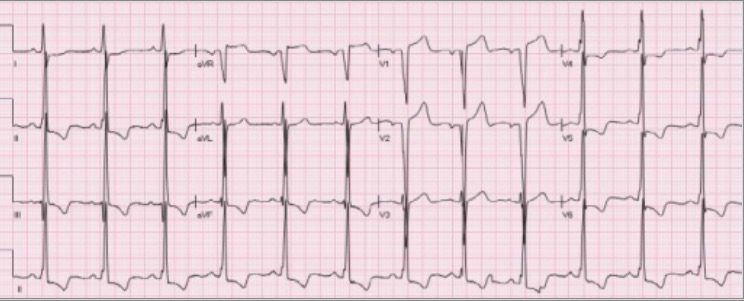
Overview Definition[2,3] Hypertension is defined as a BP > 130/80 mm Hg. Epidemiology[2,3,12] Etiology[2,3] Primary hypertension: The pathogenesis of primary hypertension is poorly understood but is most likely the result of numerous genetic and environmental factors affecting cardiovascular and kidney structure and function. Risk factors: Secondary hypertension: Classification[2,3,9,11] Table: Hypertension classification system by organization Organization […]